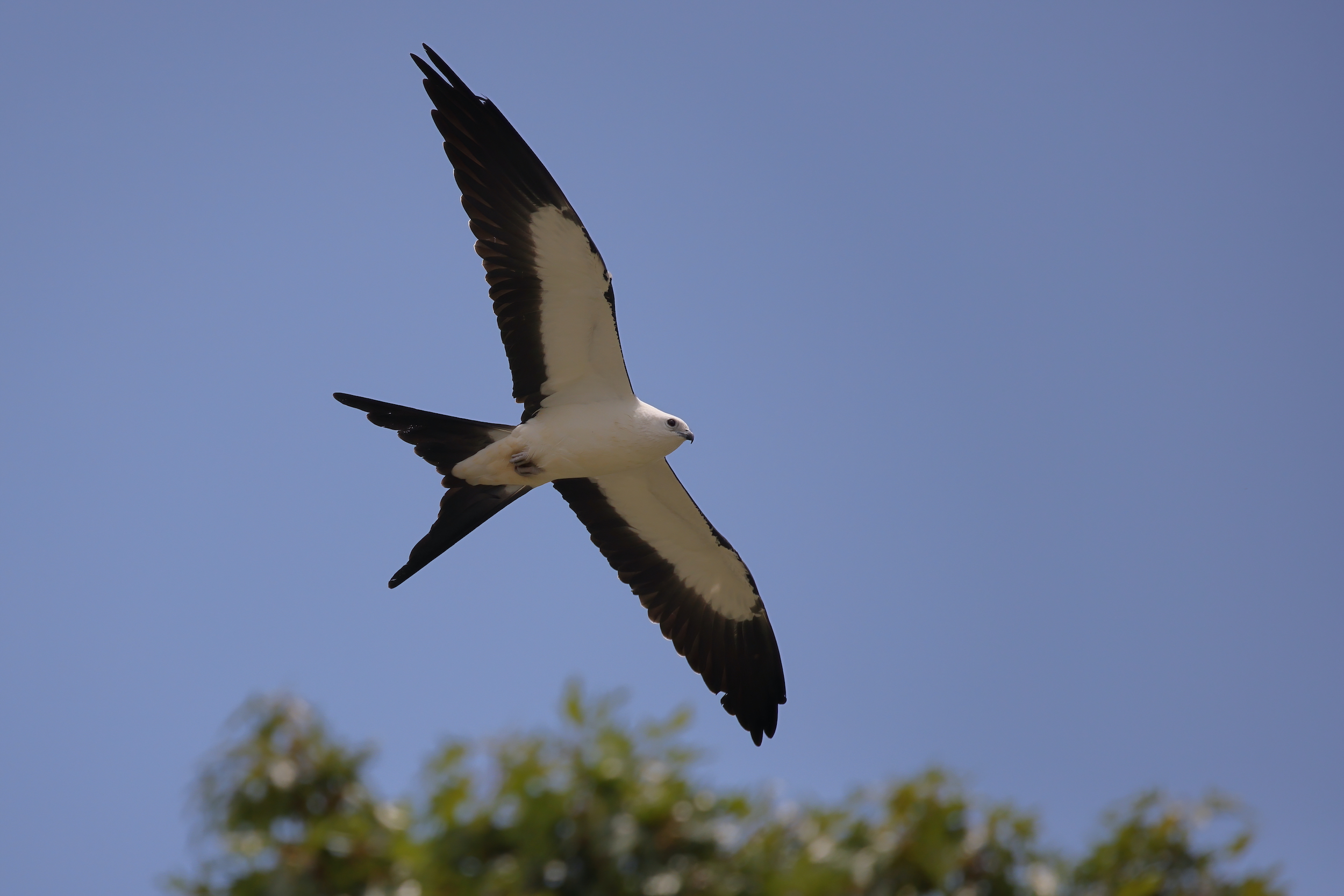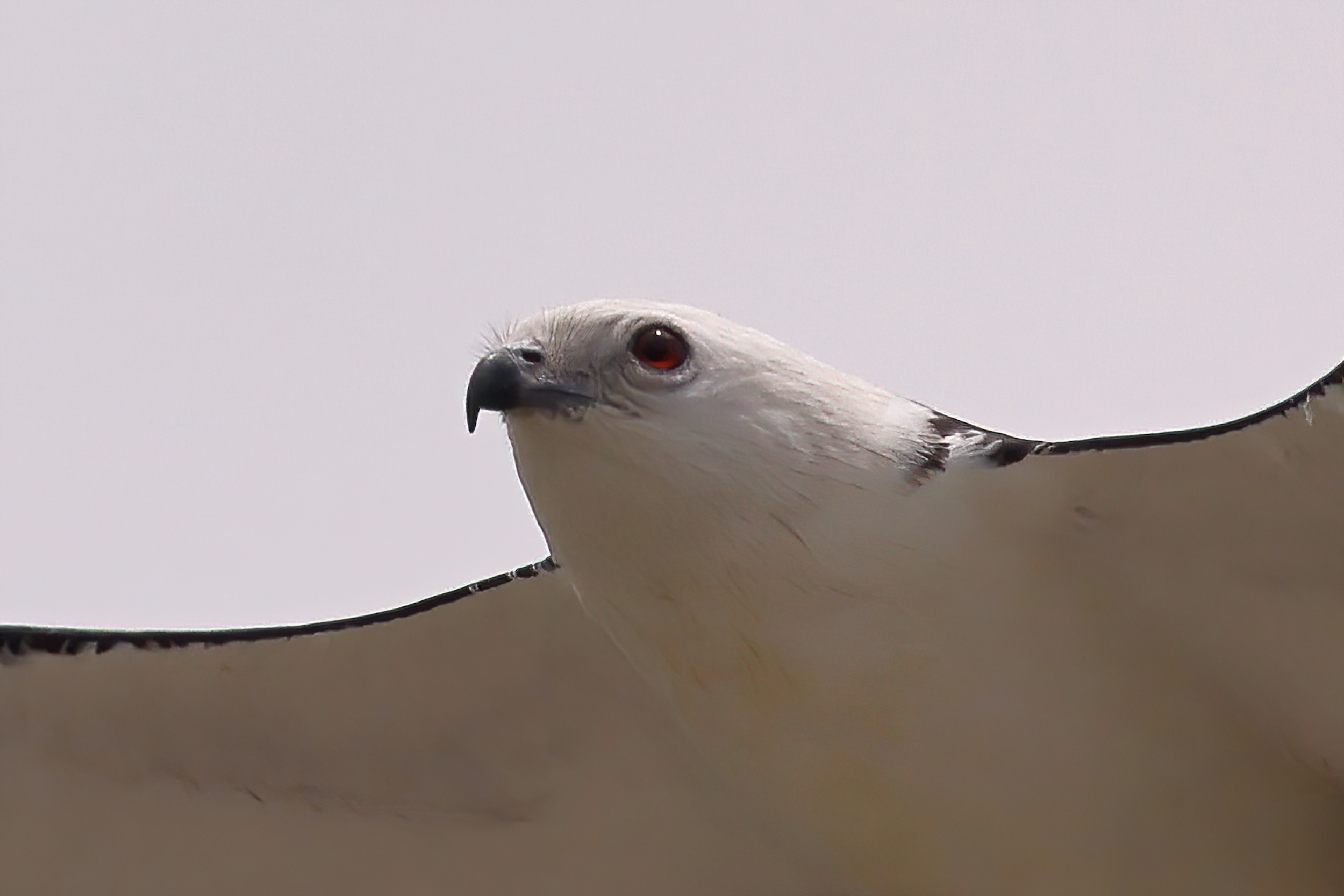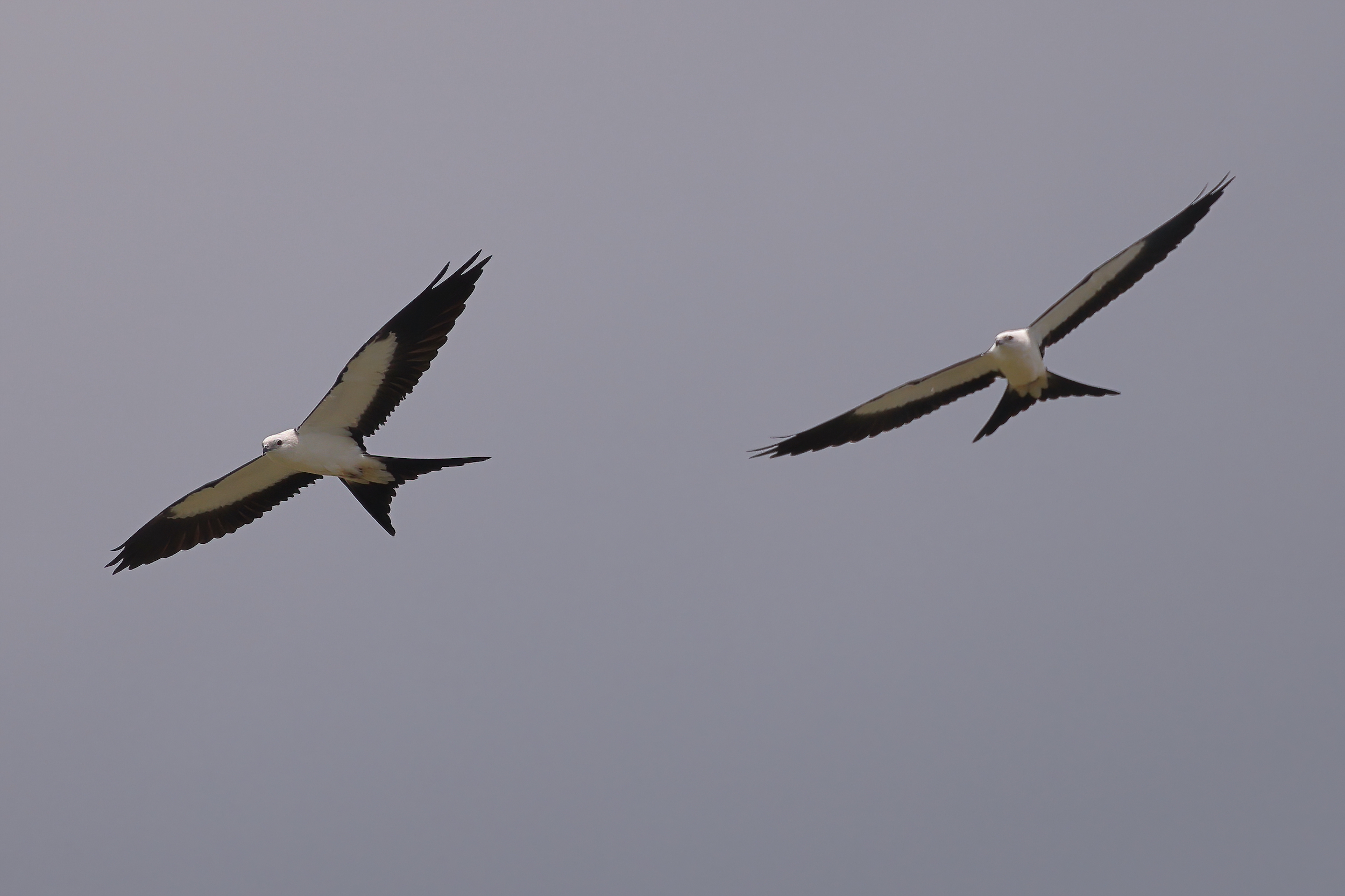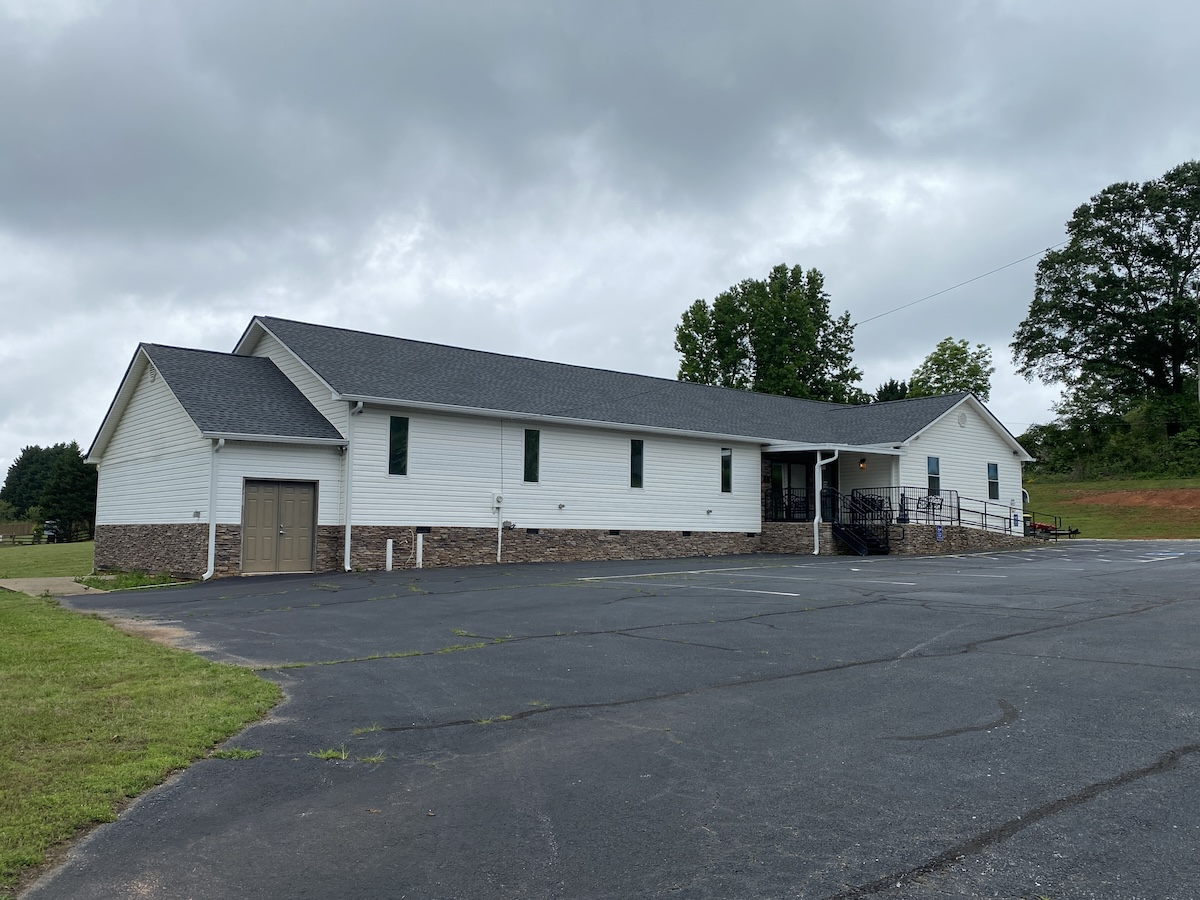
Their black and white markings and tails are distinctive. They glide on the wind with pure grace. They’re a spectacle in the sky and somewhat unique to this region, and they’re here, for now, in Habersham County.
A group of Swallow-tailed Kites has taken up temporary residence in the skies above the Fairview Community. It’s one of a number of Northeast Georgia locales where these buoyant birds are fattening up for their winter migration. In a few weeks, they’ll fly south to tropical climates in Florida and Central and South America.
‘Most graceful bird’
Joe Berry, of Eastanollee, is a UGA-certified Master Naturalist and a well-regarded nature photographer. He recently traveled to Habersham County to capture images of these birds in flight.
“The Swallow-tailed Kites are the most graceful flying bird that I have seen in person, so, I was hooked to get their images in flight,” he tells Now Habersham.

Berry was enthralled the first time he saw Kites two years ago in Banks County. He’s seen them twice since – at his neighbor’s pasture in Stephens County in 2021 and this past weekend in Habersham. He tracked the Swallow-tailed Kites to Fairview through an online bird-watching group and traveled to see them on July 30. There, he found himself among a group of half a dozen photographers. They had all traveled to the fork in the road at GA 105 and Fairview School Road to capture nature in motion.
“People were stopping and asking what we were looking at,” he recalls.
Open land and skies
Joe Berry’s nature photography is on display at the Leon and Rachel Gathany Museum of Natural History at Toccoa Falls College. He’s donated prints and canvasses to the Elachee Nature and Science Center in Oakwood. At Elachee, he trained as a Master Naturalist and became acquainted with its now-former education director, Peter Gordon.
Gordon is well-versed in the flight patterns and habits of the Swallow-tailed Kite. He’s been birding since the early 90s and says sightings of these coastal birds in Northeast Georgia have increased in recent years. The swallow-tails, and their smaller, less vividly-marked cousins, Mississippi Kites, visit the region in late summer and early fall. If you’re lucky, you may catch a glimpse of them soaring above hayfields and fallowed farmlands eating insects they pluck out of mid-air.

“They love to come when the farmers are cutting hay and the insects are stirred up – locusts, June bugs, cicadas,” Gordon says. “They head west into our area and then south to their winter grounds back to Florida or Central or South America. It’s all part of a migration that happens twice a year. This is a little side trip to this area. They don’t belong up here, but they show up in this waiting period.”
Kites can be found in northern Georgia, generally, from late summer to early fall. It would be rare to see them any other time of year, Gordon says. The birds now in Habersham are likely to stay through at least mid-August. During this ‘waiting period,’ Northeast Georgians have an opportunity to witness these remarkable creatures up close. Unlike birds indigenous to this area, Swallow-tailed Kites rarely flap their wings, instead, they glide, using their deeply-forked tails as rudders. They frequently turn their tails while flying, sometimes to nearly 90 degrees, to maintain their flight path, veer sharply, or circle.
Neither Berry nor Gordon can say for certain what is driving these birds deeper into northern Georgia, but changes in climate and habitat appear to play a role. According to the American Bird Conservancy website, habitat loss, in part due to development, remains the main threat to this species.

“There’s a field where I spotted them several years ago near Talmo in Jackson County,” Gordon says, “and now there’s a big factory being built in that field.”
Scientists with the National Audubon Society have used 140 million bird observations and sophisticated climate models to project how climate change will affect the Swallowed-tailed Kites’ range in the future.
As new housing developments continue to crop up across Habersham (two are just down the road from where the Kites are) one wonders how many more years birders and casual sky gawkers will have to enjoy this spectacle in the skies above Fairview. But for now, the bugs seem plentiful and the Swallow-tailed Kites seem content, and that gives us all one more reason to keep lookin’ up.






